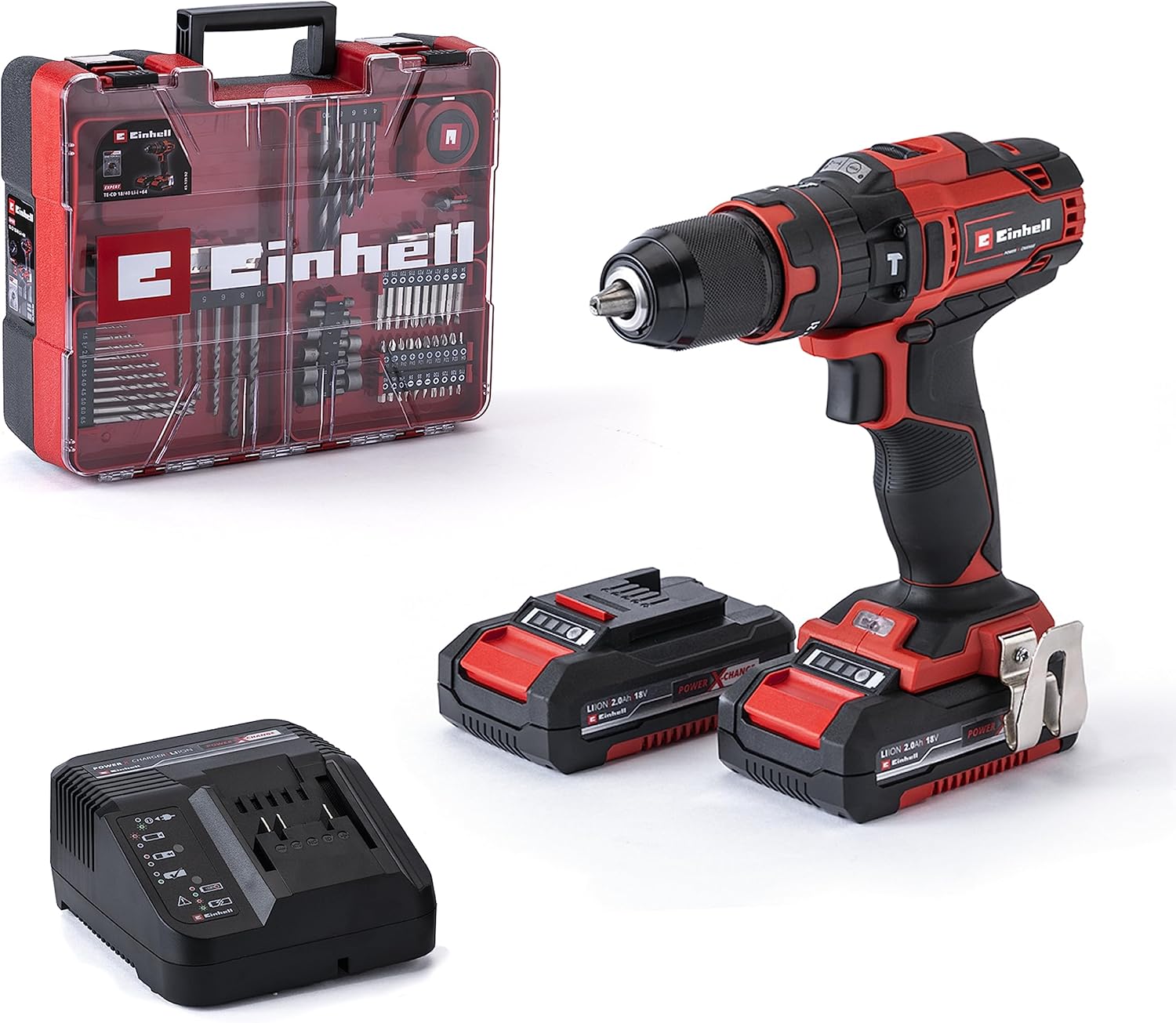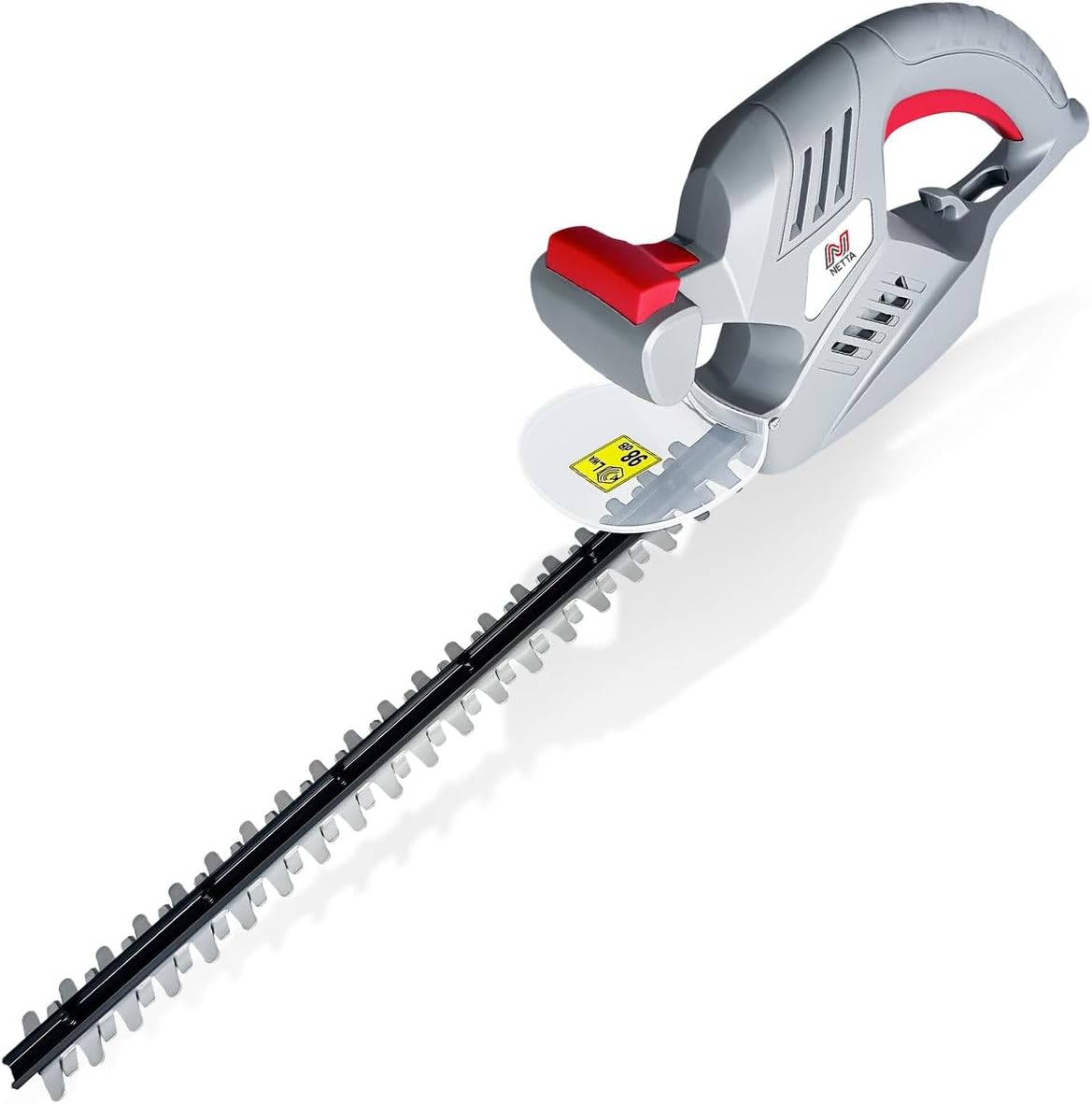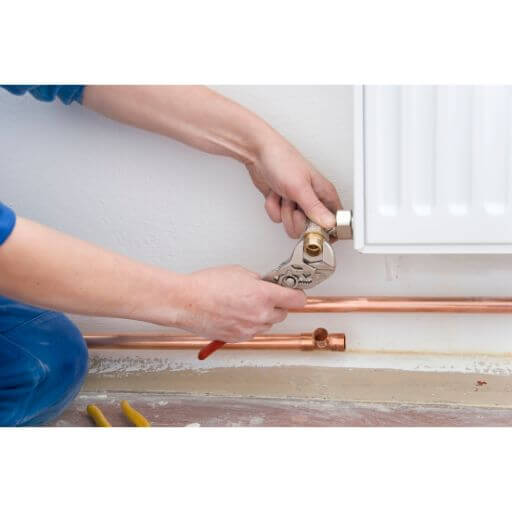
Are you looking to maximize the efficiency of your heating system? If so, then you’ve come to the right place. In this article, we will explore the different types of radiators available and determine which one is the most efficient. By understanding the various options and their benefits, you can make an informed decision and ensure optimal heat distribution in your home or office. Let’s get started!

1. Electric Radiators
Electric radiators are a popular choice for heating homes due to their energy efficiency and ease of use. Let’s take a closer look at the key features and benefits of electric radiators.
1.1 Energy Usage
Electric radiators are known for their energy efficiency. Unlike gas or oil-fired radiators, electric radiators convert almost all of the energy they use into heat, making them highly efficient. This means that you can heat your home without wasting energy or incurring unnecessary costs.
1.2 Temperature Control
One of the advantages of electric radiators is their precise temperature control. With electric radiators, you have the freedom to set the temperature exactly to your desired level, ensuring maximum comfort in your home. Many electric radiators also come with programmable thermostats, allowing you to schedule your heating system to match your daily routine.
1.3 Heat Distribution
Electric radiators provide even heat distribution throughout the room. The design and construction of electric radiators allow for the efficient spread of heat to all corners of the space, ensuring a comfortable temperature in every area.
1.4 Programmable Features
Electric radiators often come with programmable features that allow you to customize your heating schedule. You can set different temperatures for different times of the day, ensuring that your home is warm when you need it and saving energy when you don’t.
2. Gas Radiators
Gas radiators have been a popular choice for heating homes for many years. Let’s explore the key features and considerations when it comes to gas radiators.
2.1 Energy Source
Gas radiators, as the name suggests, use gas as their energy source. They are connected to the gas supply in your home, typically using natural gas or propane. This energy source provides a constant and reliable supply of heat, making gas radiators an attractive option for many homeowners.
2.2 Heat Output
Gas radiators are known for their high heat output. They can quickly and efficiently heat a room, making them an excellent choice for those looking for fast and powerful heating solutions. Gas radiators are particularly beneficial in larger spaces or areas where rapid heating is required.
2.3 Efficiency Ratings
Gas radiators have efficiency ratings that indicate how effectively they convert gas into heat. While gas radiators can be efficient, it is essential to choose a model with a high efficiency rating to maximize energy savings and reduce heating costs.
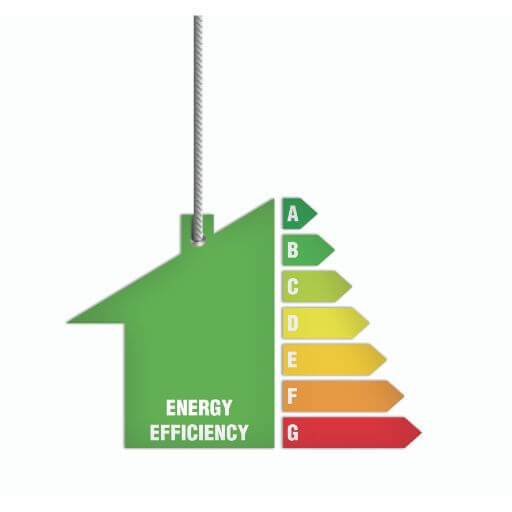
2.4 Installation and Maintenance
Gas radiators require professional installation and regular maintenance to ensure safe and efficient operation. It is crucial to have a qualified technician install and maintain your gas radiator to minimize the risk of gas leaks and ensure optimal performance.
3. Oil-Filled Radiators
Oil-filled radiators are a popular choice for their heat retention and safety features. Let’s delve into the key characteristics of oil-filled radiators.
3.1 Heat Retention
Oil-filled radiators are known for their excellent heat retention properties. They retain heat even after being switched off, allowing them to continue warming the room for an extended period. This heat retention feature makes oil-filled radiators an energy-efficient option, as they require less power to maintain a comfortable temperature.
3.2 Heating Speed
Oil-filled radiators may take longer to heat up initially compared to electric or gas radiators. However, once heated, they provide a steady and consistent heat output that keeps the room warm for an extended period. This slower heating speed can be advantageous in situations where you desire a longer-lasting warmth.
3.3 Safety Features
Oil-filled radiators are designed with safety in mind. These radiators are sealed units and do not require any refilling of oil. This reduces the risk of oil leaks or spills, making them a safe choice for households with children or pets. Additionally, oil-filled radiators have built-in controls to prevent overheating and tipping over, further enhancing their safety features.
3.4 Noise Levels
Oil-filled radiators operate quietly, making them an excellent choice for bedrooms or areas where a peaceful environment is desired. Unlike some other radiator types, oil-filled radiators do not produce loud noises or disturbing sounds while in operation. This can ensure a tranquil and comfortable atmosphere in your home.
4. Panel Radiators
Panel radiators offer a versatile and stylish heating option for modern homes. Let’s explore the key features and considerations related to panel radiators.
4.1 Heat Distribution
Panel radiators are designed to provide excellent heat distribution throughout the room. The panels, typically made of steel or aluminum, efficiently transfer heat to the surrounding air, ensuring a comfortable and consistent temperature in your living space.
4.2 Design Options
Panel radiators come in various designs, allowing you to choose a style that complements your home decor. Whether you prefer a sleek and minimalist look or a more traditional design, there is a panel radiator to suit your aesthetic preferences. This versatility makes panel radiators a popular choice among homeowners.
4.3 Cost and Efficiency
Panel radiators are generally cost-effective and energy-efficient heating options. They offer high levels of heating performance while consuming less energy, resulting in reduced heating costs. Additionally, panel radiators often have programmable features that allow for precise temperature control, further optimizing energy usage and cost savings.
4.4 Installation and Maintenance
Installing panel radiators is relatively straightforward, and they are compatible with most heating systems. However, it is recommended to hire a professional installer to ensure proper fitting and optimal performance. Maintenance for panel radiators is minimal, typically requiring occasional cleaning and basic upkeep to ensure efficient operation.
5. Convection Radiators
Convection radiators provide efficient and effective heating by utilizing natural convection and radiant heat. Let’s explore the key features and benefits of convection radiators.
5.1 Natural Convection
Convection radiators use natural convection to circulate warm air throughout the room. As the radiator heats up, the warm air rises and creates a convection current, drawing in cooler air from the bottom and heating it in the process. This natural circulation ensures even heat distribution, resulting in a comfortable environment.
5.2 Radiant Heat
In addition to natural convection, convection radiators also emit radiant heat. Radiant heat warms objects and surfaces directly, providing a cozy and soothing warmth. The combination of natural convection and radiant heat makes convection radiators an efficient and effective heating option.
5.3 Variable Grille
Convection radiators often come with an adjustable grille or vent, allowing you to control the direction of the heat. This feature enables you to direct the warm air towards specific areas or away from draughty spots, increasing both comfort and energy efficiency.
5.4 Combination Radiators
Some convection radiators offer a combination of convection and other heating technologies, such as electric or oil-filled elements. This versatility allows you to choose a radiator that best suits your heating needs and preferences. Combination radiators can provide the benefits of multiple heating methods in one convenient unit.
6. Underfloor Heating
Underfloor heating offers a unique and luxurious way to heat your home. Let’s discover the advantages and considerations of underfloor heating.
6.1 Efficiency in Large Spaces
Underfloor heating is particularly efficient in large spaces as it evenly distributes heat throughout the floor area. This ensures uniform heating and eliminates cold spots, providing optimal comfort even in extensive or open-plan areas.
6.2 Comfort and Temperature Control
Underfloor heating provides a gentle and radiant heat that warms the room from the ground up. This type of heating eliminates the discomfort of cold floors and allows for precise temperature control, ensuring consistent warmth without overheating or excessive energy consumption.
6.3 Installation and Maintenance
Installing underfloor heating typically involves laying heating elements or pipes beneath the flooring surface. While this may require professional installation, once in place, underfloor heating requires minimal maintenance. The absence of visible radiators or heating units also allows for more flexibility in interior design and furniture placement.
6.4 Compatibility with Different Flooring Materials
Underfloor heating is compatible with a wide range of flooring materials, including tiles, wood, laminate, vinyl, and carpet. This versatility makes it suitable for various rooms and areas within your home. However, it is essential to ensure that the chosen flooring material is suitable for use with underfloor heating to maximize the system’s efficiency and effectiveness.
7. Ceramic Radiators
Ceramic radiators are an aesthetically pleasing and efficient heating option. Let’s explore the key features and benefits of ceramic radiators.
7.1 Heat Retention
Ceramic radiators are renowned for their excellent heat retention capabilities. They can retain heat for an extended period, even after being turned off. This heat retention property continues to provide warmth in the room, reducing energy consumption and delivering consistent comfort.
7.2 Aesthetic Appeal
Ceramic radiators are available in a wide range of colors, patterns, and designs, allowing you to find a radiator that matches your personal style and home decor. Whether you prefer a sleek and modern look or a classic and timeless design, ceramic radiators can add a touch of elegance to any room.
7.3 Energy Efficiency
Ceramic radiators are designed to be energy efficient, offering optimal heat output while consuming fewer resources. The ceramic material allows for efficient heat distribution, providing warmth quickly and evenly throughout the room. This efficiency ensures both comfort and cost savings.
7.4 Durability
Ceramic radiators are known for their durability and longevity. The ceramic material is resistant to corrosion, fading, and general wear and tear, ensuring that your radiator looks and performs well for years to come. This durability makes ceramic radiators a wise investment in the long term.
8. Aluminium Radiators
Aluminium radiators offer a lightweight and efficient heating solution for homes. Let’s explore the key features and benefits of aluminium radiators.
8.1 Heat Conductivity
Aluminium radiators have excellent heat conductivity, allowing for rapid heat transfer and quick warming of the room. The high thermal efficiency of aluminium contributes to energy savings and ensures that your home reaches a comfortable temperature in a shorter amount of time.
8.2 Lightweight Design
Aluminium radiators are significantly lighter than other radiator materials such as cast iron or steel. This lightweight design makes them easier to handle and install, reducing the strain on the mounting surfaces and facilitating transportation if necessary.
8.3 Efficiency in Mixed Systems
Aluminium radiators are compatible with various heating systems, including conventional central heating and renewable energy sources such as heat pumps. Their high efficiency and thermal conductivity make them an excellent choice for mixed heating systems, ensuring optimal heating performance and saving energy.
8.4 Cost and Installation
Aluminium radiators are generally cost-effective compared to other materials. The lower weight and ease of installation reduce both installation and transportation costs. While professional installation is recommended to ensure proper fitting and optimal performance, the lightweight nature of aluminium radiators simplifies the installation process.
9. Electric Towel Radiators
Electric towel radiators offer dual-purpose functionality by providing a convenient way to dry towels while also heating your bathroom. Let’s explore the key features and benefits of electric towel radiators.
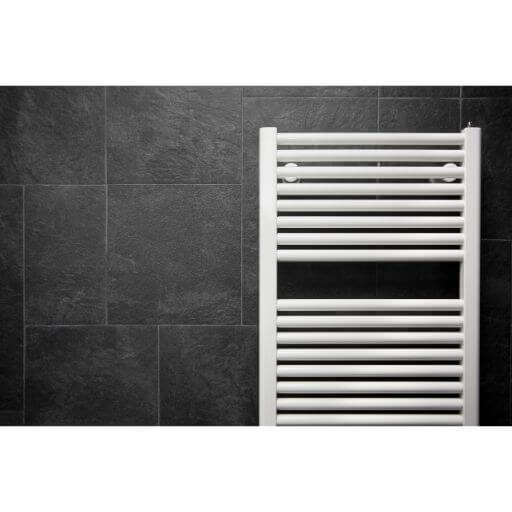
9.1 Dual-Purpose Functionality
Electric towel radiators not only heat your bathroom but also provide a practical solution for drying towels. With electric towel radiators, you can enjoy warm and toasty towels whenever you need them, ensuring a luxurious and comfortable experience after a bath or shower.
9.2 Energy Efficiency
Electric towel radiators are designed to be energy efficient. They often come with built-in timers or controls that allow you to heat the radiator only when needed, maximizing energy savings. Additionally, electric towel radiators typically operate at a lower wattage than other electric heating appliances, further enhancing their energy efficiency.
9.3 Installation and Maintenance
Installation of electric towel radiators is relatively straightforward and can be done by a competent DIY enthusiast. However, if you are uncertain or prefer professional installation, it is advisable to consult a qualified electrician. Maintenance for electric towel radiators is minimal, usually involving regular cleaning and ensuring proper electrical safety.
9.4 Timer Settings
Many electric towel radiators come with programmable timer settings, allowing you to schedule when the radiator heats up and when it remains off. This feature enables you to have warm towels ready for use at specific times while reducing energy consumption during periods when the radiator is not required.
10. Solar Heated Radiators
Solar heated radiators offer an environmentally friendly and cost-effective heating solution by utilizing renewable energy sources. Let’s explore the key features and benefits of solar heated radiators.
10.1 Renewable Energy Source
Solar heated radiators use energy from the sun, harnessing the power of solar radiation to generate heat. This renewable energy source significantly reduces reliance on fossil fuels and decreases carbon emissions, contributing to a greener and more sustainable environment.

10.2 Heat Output and Efficiency
Solar heated radiators can provide a reliable and consistent heat output, particularly when combined with well-designed and efficient solar thermal systems. By capturing and utilizing sunlight as a heat source, solar heated radiators offer both comfort and efficiency, making them an attractive option for eco-conscious homeowners.
10.3 System Integration
Solar heated radiators can be integrated into existing heating systems or installed as standalone units, depending on your requirements. Integration with existing systems allows for flexibility and ensures optimal heating performance, while standalone installations provide a dedicated solar heating solution for specific areas or purposes.
10.4 Environmental Impact
Solar heated radiators have a minimal environmental impact compared to traditional heating methods. By reducing reliance on non-renewable energy sources, solar heated radiators contribute to lower carbon emissions and help combat climate change. Additionally, solar heated radiators require little to no maintenance, reducing their overall environmental footprint.
In conclusion, there are various types of radiators available, each with distinct features and benefits. Electric radiators offer energy efficiency, precise temperature control, even heat distribution, and programmable features. Gas radiators provide high heat output, reliable energy supply, efficiency ratings, and require professional installation and maintenance. Oil-filled radiators offer heat retention, steady heating speed, safety features, and low noise levels. Panel radiators provide heat distribution, design options, cost-efficiency, and simple installation and maintenance. Convection radiators utilize natural convection and radiant heat, offer variable grille options, and can be combined with other heating technologies. Underfloor heating is efficient in large spaces, offers comfort and temperature control, requires professional installation, and is compatible with various flooring materials. Ceramic radiators provide heat retention, aesthetic appeal, energy efficiency, and durability. Aluminium radiators offer heat conductivity, lightweight design, efficiency in mixed systems, and cost-effective installation. Electric towel radiators provide dual-purpose functionality, energy efficiency, easy installation and maintenance, and timer settings. Solar heated radiators utilize renewable energy sources, offer heat output and efficiency, can be integrated into existing systems, and have a minimal environmental impact. With these options, you can choose the most suitable radiator for your home heating needs.

